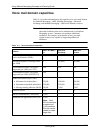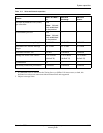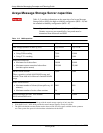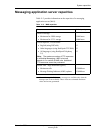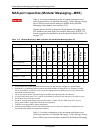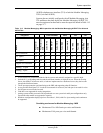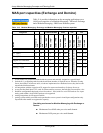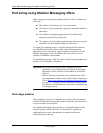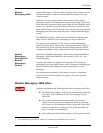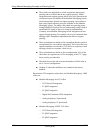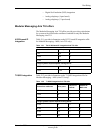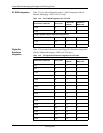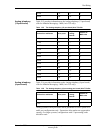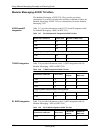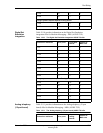
Avaya Modular Messaging Concepts and Planning Guide
12-2 November 2004
Avaya Modular Messaging Concepts and
Planning Guide
Port sizing using Modular Messaging offers
When sizing port requirements, planners need to be able to estimate the
following:
! The number of subscribers in a voice mail domain
! The number of ports required to support the estimated number of
subscribers
! The number of messaging application server (MAS) units
required to provide those many ports
! The number of e-mail readers required to provide text-to-speech
capabilities for the estimated number of subscribers
To simplify the planning process, Avaya has designed offers that have
pre-calculated estimations of the number of ports and messaging
application servers required for a given number of subscribers of each
Modular Messaging version. In addition, the offers also provide an
estimate of additional e-mail readers.
For Modular Messaging—MSS, the offers are based on the telephone user
interface (TUI) assigned to subscribers.
Important:The Modular Messaging offers eliminate the need for
calculation of port requirements, the number of messaging
application servers required, or the number of port boards
required.
Planners that wish to perform a more detailed study of the
port requirements and the number of MAS units required can
refer to Port sizing without using Modular Messaging offers
on page 12-21. However, those instructions are only meant
for planners with sufficient prior experience in implementing
a messaging system.
Port usage patterns
When planning a system, it is important to be able to make an accurate
estimate of the number of ports that would be required to provide services
to a given number of subscribers.
The Modular Messaging offers provide pre-calculated estimates of the
required number of ports. However, it is beneficial to a planner to
understand how the port usage patterns of subscribers affect the
estimation of port capacity.



